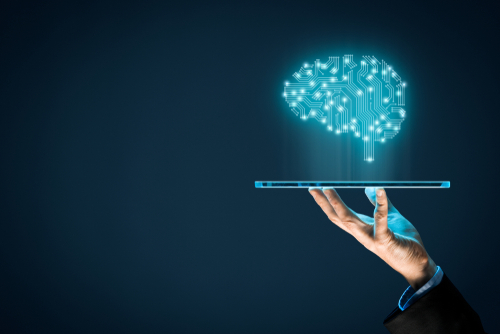Artificial intelligence (AI) has emerged as a powerful tool for streamlining the hiring process. By automating the screening of large volumes of job applications, AI promises unparalleled efficiencies, enabling recruiters to swiftly identify top candidates.
However, this technological advancement isn’t without its pitfalls. As we integrate AI deeper into the recruitment process, the specter of bias looms large, threatening to undermine the fairness and integrity of hiring decisions.
How AI in Applicant Screening Works
AI in applicant screening operates by parsing résumés and applications, evaluating them against a set of criteria defined by the employer. This process involves natural language processing (NLP) and machine learning (ML) algorithms to assess qualifications, experience, and skills. The goal is to quickly filter out candidates who don’t meet the job requirements, allowing recruiters to focus on those with the highest potential.
Benefits of AI in Applicant Screening
The benefits of employing AI in the recruitment process are significant. It dramatically reduces the time and resources traditionally required to review applications, enabling a more efficient path to identifying qualified candidates. Moreover, AI can enhance the objectivity of the initial screening phase, theoretically minimizing human error and personal biases that might affect decision-making.
But there are also risks.
Risks of Bias
Despite its potential, AI-driven screening tools aren’t immune to bias. One form of bias occurs when the AI screening tool places too much weight on factors that aren’t necessarily particularly relevant to predicted job performance.
“Some qualified job candidates have already found themselves at odds with these hiring platforms,” writes Charlotte Lytton. She points to a high-profile case in the United Kingdom, where makeup artist Anthea Mairoudhiou said her company told her to reapply for her role after she was furloughed during the pandemic. Mairoudhiou indicated she was evaluated both on her past performance and by an AI-screening program. While she claims she ranked well in terms of skills, the AI tool scored her poorly. The result: Mairoudhiou was out of the job she once successfully held.
Improperly weighting interview factors can impact any applicant. But other forms of bias can reinforce existing disadvantages that historically marginalized groups, like women or people of color, face. The algorithms driving these tools learn from historical data, which may reflect past discriminatory hiring practices or societal biases. Consequently, without careful oversight and regular auditing, AI systems risk replicating and even amplifying these biases, potentially sidelining qualified candidates from underrepresented groups.
Transparency and Accountability
Another concern with the use of AI technology in hiring is transparency and accountability. There’s a real risk that decisions made by these systems can be opaque. This opacity makes it difficult for candidates to understand or challenge hiring decisions, further complicating issues of fairness and bias.
As AI continues to transform applicant screening, its dual potential to both streamline recruitment and perpetuate bias can’t be ignored. The efficiency gains are undeniable, offering a powerful tool for managing the deluge of applications in today’s competitive job market. However, the risks of bias present a significant challenge, necessitating a balanced approach that includes rigorous algorithmic auditing, transparency, and ongoing efforts to mitigate discrimination.
Only by acknowledging and addressing these concerns can we harness AI’s full potential in recruitment, ensuring a fair and equitable hiring process for all candidates.
Lin Grensing-Pophal is a Contributing Editor at HR Daily Advisor.

